Analysis and Design of Prestressed Concrete offers a comprehensive guide to prestressed concrete technology, which is essential for understanding the challenges in existing civic structures such as railway and highway bridges. This book also addresses the rehabilitation of older structures and the design of new high-speed railway and long-span highway bridges.
The volume provides readers with foundational concepts and the latest research and design methods, focusing on crack resistance in the design of high-speed railway and long-span highway prestressed concrete bridges. Key aspects include advanced treatment of prestress losses, time-dependent analysis, and detailed loss calculation methods. The book offers in-depth explanations of prestressing technology and applications, theoretical analysis, and design methods, making it a practical resource for engineers involved in the analysis and design of prestressed concrete structures.
Key Features:
-
New approach for calculating prestress losses due to anchorage seating
-
Unified method for calculating long-term prestress loss
-
Detailed analysis of cross-sectional stresses in prestressed concrete beams from jacking to service
-
Explanation of a new method for calculating long-term deflection caused by creep and shrinkage
-
Introduction of a new theoretical model for calculating long-term crack width
-
Sixteen chapters combining standards, current research, and practical design methods
Ideal For:
-
Civil and structural engineers involved in the design and analysis of prestressed concrete structures
-
Engineers and designers working on high-speed railway or long-span highway bridge projects
-
Students of civil engineering looking for comprehensive knowledge on prestressed concrete design
-
Professionals seeking to update their understanding of advanced prestressed concrete technology and applications
Authors :
Di Hu (Author)
From the book:

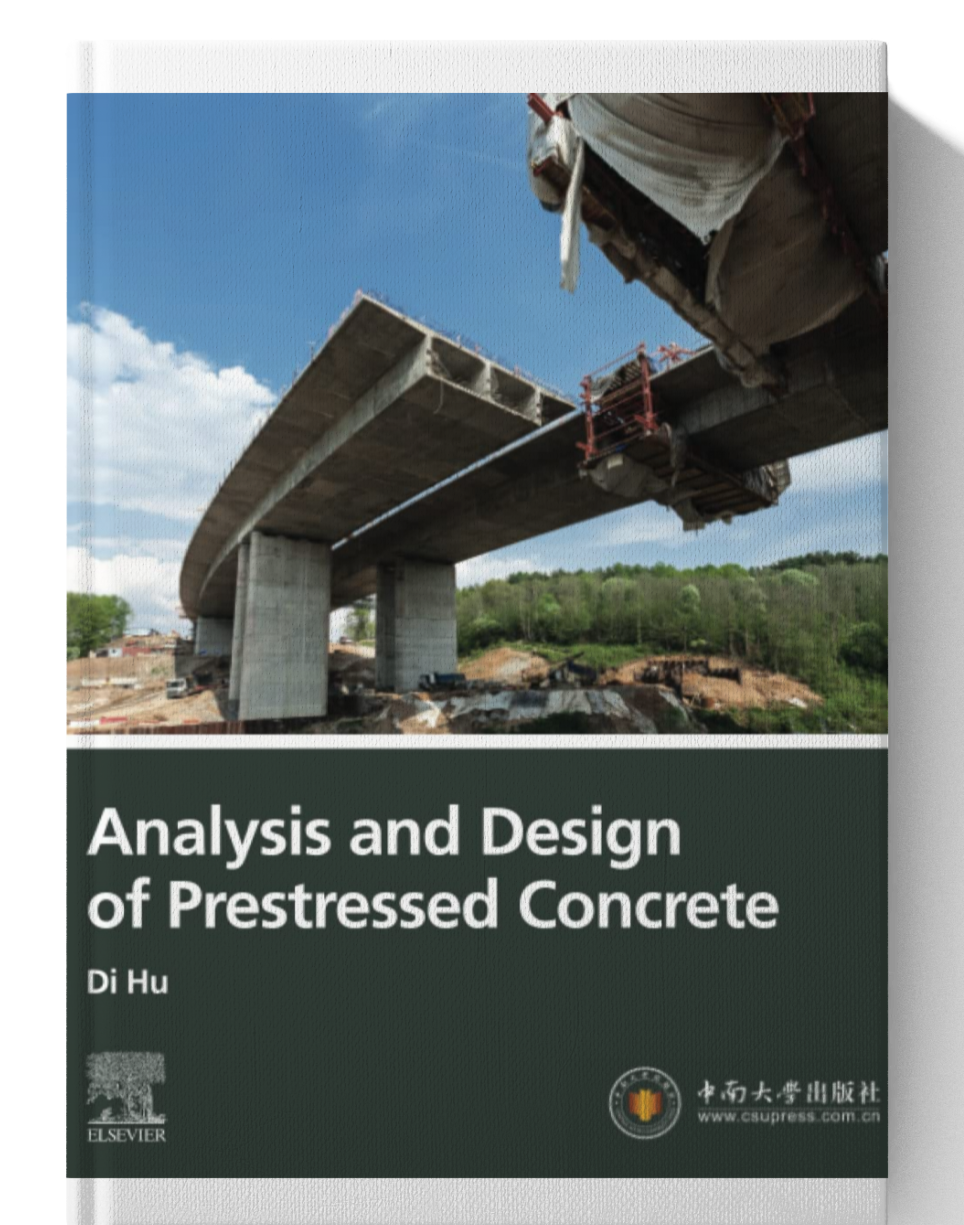

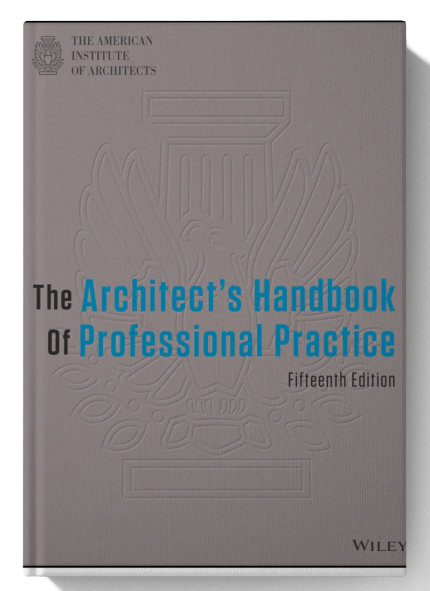


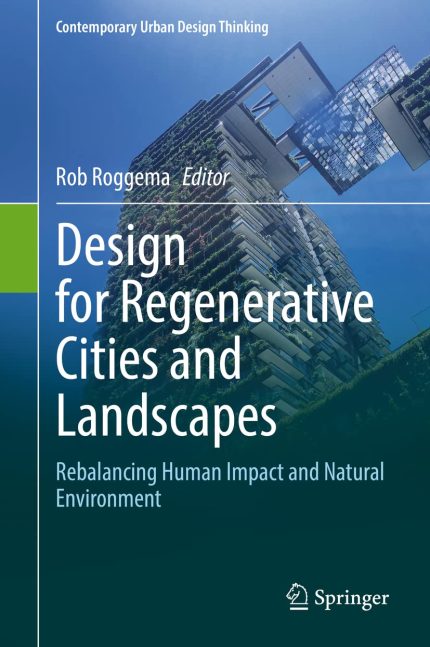
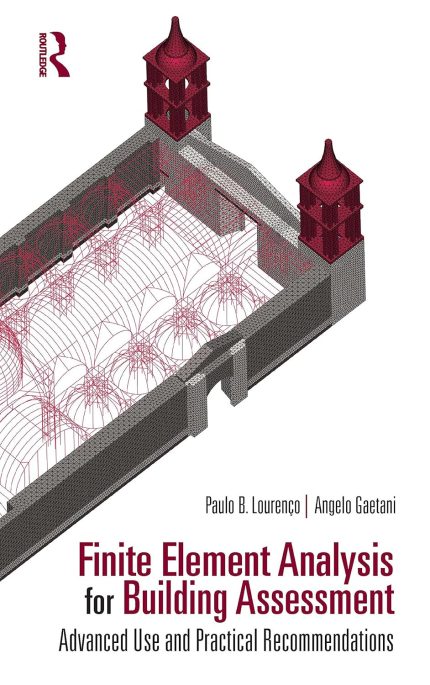

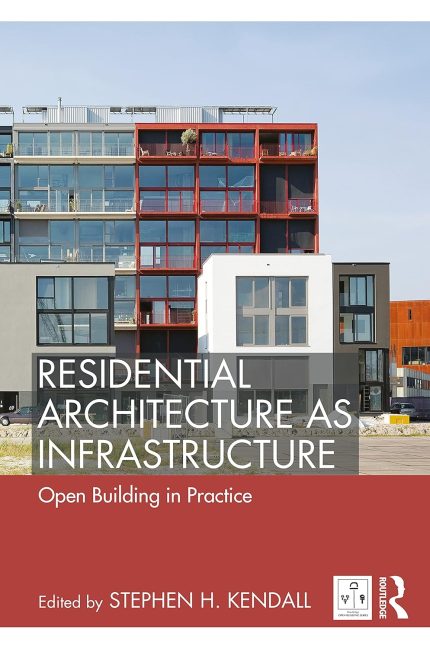
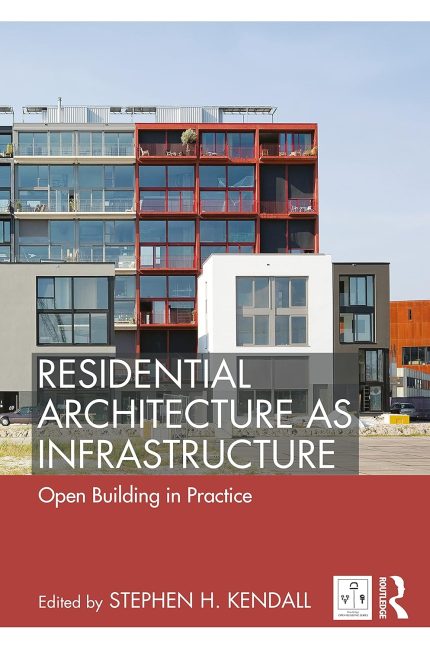
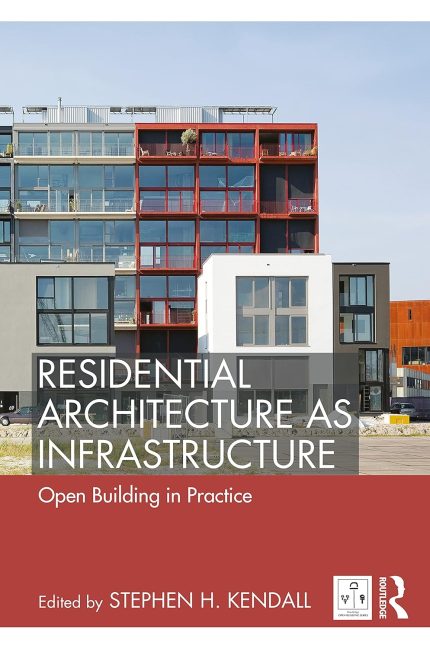
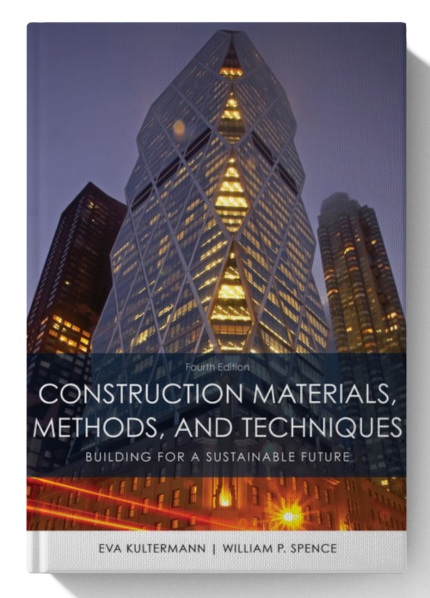
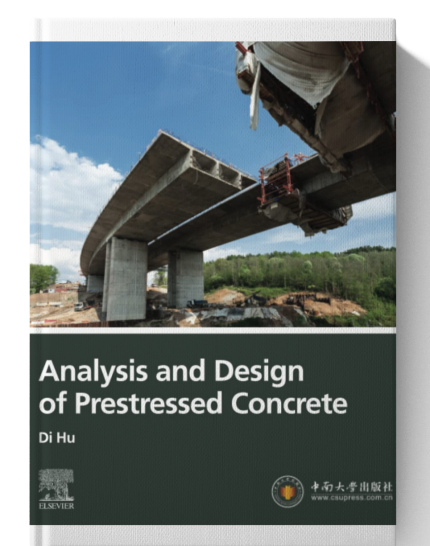
Reviews
There are no reviews yet.